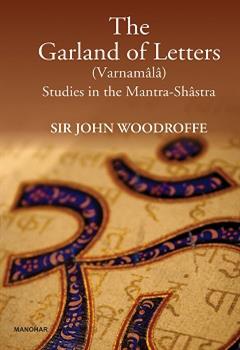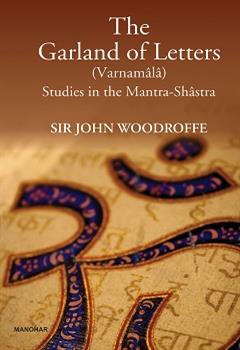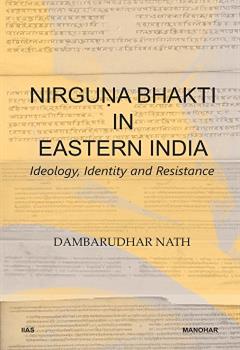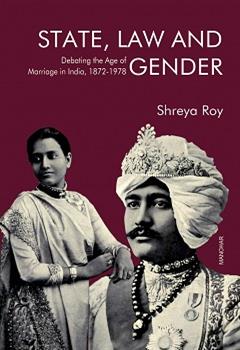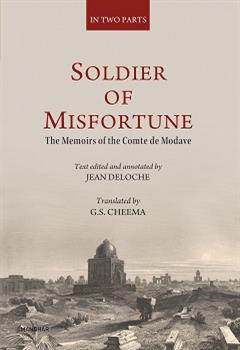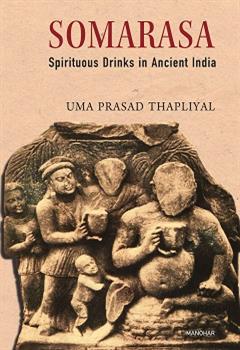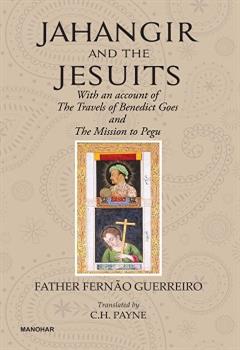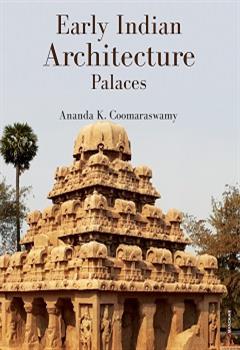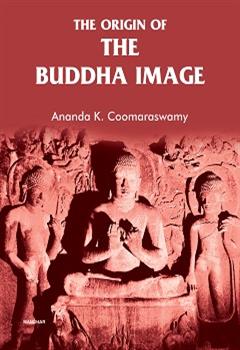History
Featured Products
The Garland of Letters (Varnamala): Studies in the Mantra-Shastra
₹716.40
M.R.P.:₹ 995.00
You Save: ₹278.60 (28.00% OFF)
The Garland of Letters (Varnamala): Studies in the Mantra-Shastra
₹311.85
M.R.P.:₹ 495.00
You Save: ₹183.15 (37.00% OFF)
Nirguna Bhakti in Eastern India: Ideology, Identity and Resistance
₹2,366.05
M.R.P.:₹ 2,995.00
You Save: ₹628.95 (21.00% OFF)
State, Law and Gender: Debating the Age of Marriage in India, 1872-1978
₹1,576.05
M.R.P.:₹ 1,995.00
You Save: ₹418.95 (21.00% OFF)
Soldier of Misfortune: The Memories of the Comte de Modave (2 Vols. Set)
₹2,761.05
M.R.P.:₹ 3,495.00
You Save: ₹733.95 (21.00% OFF)
Somarasa: Spirituous Drinks in Ancient India
₹821.25
M.R.P.:₹ 1,095.00
You Save: ₹273.75 (25.00% OFF)
Corpus of the Muslim Coins of Bengal (Down to AD 1538)
₹800.00
M.R.P.:₹ 1,250.00
You Save: ₹450.00 (36.00% OFF)
Jahangir and the Jesuits: With an account of the Travels of Benedict Goes and the Mission to Pegu
₹1,061.45
M.R.P.:₹ 1,495.00
You Save: ₹433.55 (29.00% OFF)


